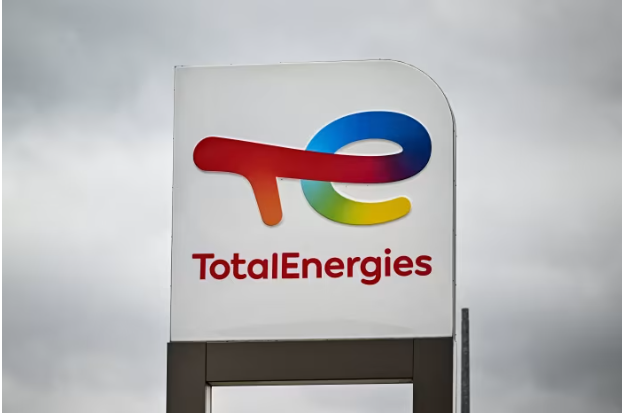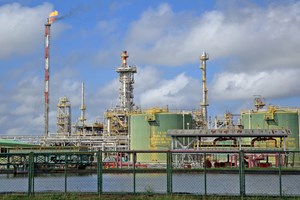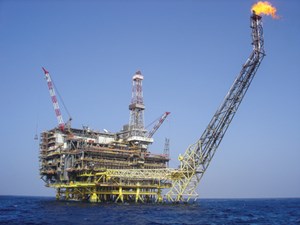US gas in storage increased to 2.533 Tcf as a result, leaving stocks 291 Bcf, or 13%, above the year-ago level of 2.242 Tcf and 143 Bcf, or 5.3%, below the five-year average level at 2.676 Tcf.Following 15 consecutive above-average builds reported by the EIA, last week's injection was the first of this injection season to undershoot the five-year average storage addition of 63 Bcf.
Last week's injection was less than an S&P Global Platts' survey of analysts calling for a 65 Bcf build. Responses to the survey ranged from 56 Bcf and 72 Bcf.
The injection was also less than the 68 Bcf and 70 Bcf builds predicted by S&P Global Platts Analytics' supply-demand model and storage report, respectively.
Following Thursday's announcement from the EIA, the prompt-month NYMEX Henry Hub contract briefly climbed to about 2 cents to $2.35/MMBtu, before edging downward to a settlement at $2.29/MMBtu.
Last week's bullish injection to gas storage comes following a net 1.1 Bcf/d tightening in the US supply-demand balance, according to Platts Analytics.
During the week, more seasonal summer temperatures lifted gas-fired power burn by an estimated 900 MMcf/d, which was partially offset by declines in residential-commercial and LNG-feedgas demand.
Over the same reference period, US production from offshore fields in the Gulf of Mexico declined by about 500 MMcf/d as Hurricane Barry shuttered operations near the Louisiana and Mississippi coastlines. Weekly gains in onshore production partially offset that decline.
For the week ending Friday, Platts Analytics' storage report and supply-demand model are forecasting bullish injections of 29 Bcf and 30 Bcf, respectively. If realized, a build around that level would undershoot the five-year average injection by 14 to 15 Bcf, according to EIA data.
Gas-fired power burn has continued to strengthen through mid-July, helping to tighten this summer's supply-demand balance. Month to date, burns have averaged 40.6 Bcf/d or about 1.1 Bcf/d above last year's month-to-date average. On Wednesday, power burn set a new record-high level at 44.6 Bcf/d.
For the week ending Friday, aggregate US balances look to be about 4.2 Bcf/d tighter compared with last week.
Power burn and LNG feedgas demand are up by 2 Bcf/d and 2.1 Bcf/d, respectively. On the supply side, continuing production declines related to Hurricane Barry have led an overall 2.2 Bcf/d drop in output this week compared with last week.







